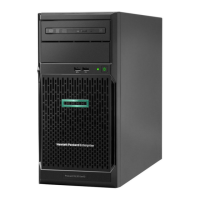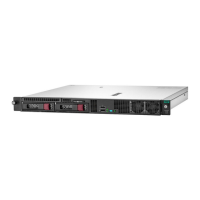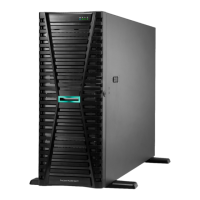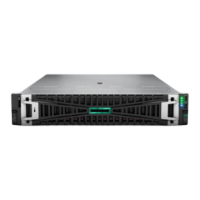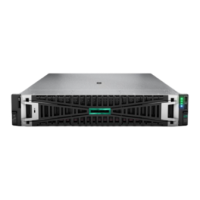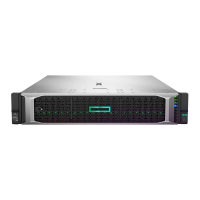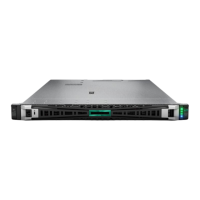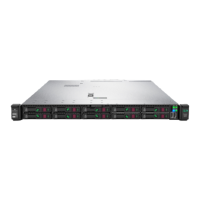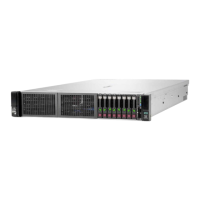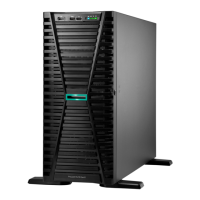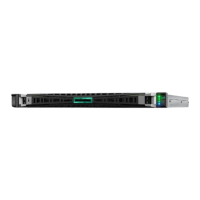• OS boot manager, such as Windows Boot Manager—Lists the boot manager for your installed OS.
• Generic USB Boot—Provides a placeholder for any USB device that is bootable in UEFI. You can set
the boot priority of this option, and retain this priority for use with USB devices you might install in the
future. Setting this priority does not affect priorities set for individual USB devices in the UEFI Boot
Order list.
NOTE: This option is only available in UEFI Mode. The system attempts to boot all UEFI bootable
USB devices in the order you specify in the Generic USB Boot entry, even if installed individual USB
devices are configured lower in the boot order.
• Internal SD Card
• Embedded Flexible LOMs
• Embedded UEFI Shell
• Embedded SATA Port
• Run a UEFI Application from a file system—Enables you to select a UEFI application to run from a
file system. You can browse all FAT file systems that are available in the system. You can also select
an x64 UEFI application (with an .EFI extension) to execute (can be an OS boot loader or any other
UEFI application).
• Legacy BIOS One-Time Boot Menu—Exits and launches the Legacy BIOS One-Time Boot Menu,
where you can select a specific override option for this boot only. This option does not modify your
boot order mode settings.
Selecting an option for a one-time boot
Procedure
1. From the System Utilities screen, select One-Time Boot Menu.
2. Select a One-Time Boot Menu option.
If you select Legacy BIOS One-Time boot option, the system reboots.
Embedded Applications
Launching the Embedded UEFI Shell
Use the Embedded UEFI Shell option to launch the Embedded UEFI Shell. The Embedded UEFI Shell is
a preboot command-line environment for scripting and running UEFI applications, including UEFI boot
loaders. The Shell also provides CLI-based commands you can use to obtain system information, and to
configure and update the system BIOS.
Prerequisites
Embedded UEFI Shell is set to Enabled.
Procedure
1. From the System Utilities screen, select Embedded Applications > Embedded UEFI Shell.
36 Selecting an option for a one-time boot

